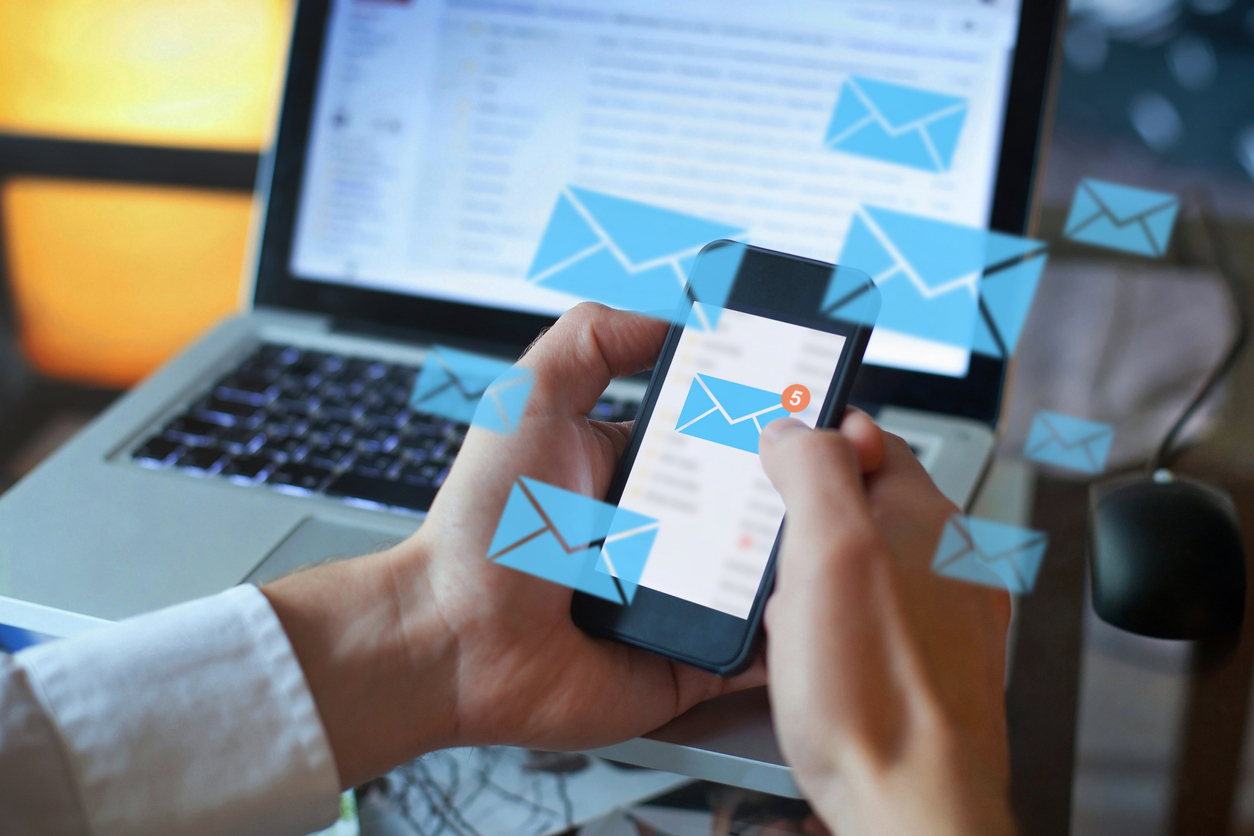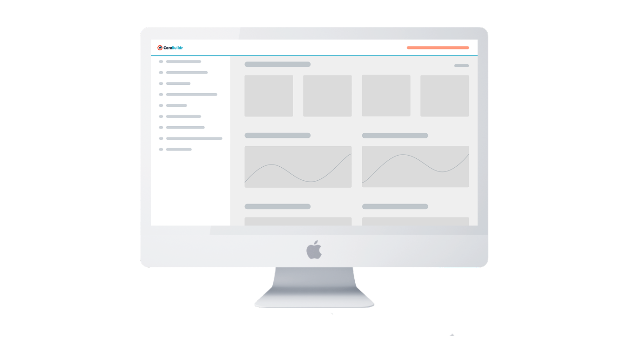There are two main ways to communicate with your target audience as a nonprofit - through social media or through direct communication. With social media, you can reach a lot of people very quickly, but the downside is that you have to keep paying for ads in order to reach the same people. Direct communication, on the other hand, is mostly free and more effective because you are speaking directly to people who are already interested in what you have to say. In this blog post, we will compare these two strategies and see which one is better for your nonprofit.
Social Media

Social media is an important tool for your NGO's marketing strategy, because it allows you to reach a lot of people quickly and easily. With social media ads, you can share your message with a large audience at a fraction of the cost of traditional advertising. It is a great way to reach new people who might be interested in your cause. Additionally, social media gives you the ability to connect with your target audience on a personal level, which can help build relationships and loyalty. You can expose them to your message and persuade them to get involved. Done the right way, social media is a very cost-effective way to market your organization.
However, social media also has its drawbacks. You are paying for ads, therefore you can quickly spend a lot of money without seeing any results. Also, it can be difficult to track the effectiveness of your social media campaigns. And finally, because you are reliant on algorithms, your reach may fluctuate depending on the whims of the platform.
NGOs can no longer solely rely on social media to reach their audience, since the cost of advertising is becoming too high. For example, on average Facebook charges USD 0.25 (≅0,23 EUR) per click for a standard ad, and the average cost-per-click for LinkedIn ads is USD 0.80 (≅0,75 EUR). That means that if you want to reach 1000 people, it will cost you USD 250 (≅230 EUR) on Facebook and USD 800 (≅750 EUR) on LinkedIn. Additionally, the effectiveness of social media ads is declining - only 0,59% of Facebook users click on ads, and the average Instagram ad has a 0.09% click-through rate. That means that you are paying more for ads that are becoming less effective.
By driving an exclusive social media strategy, taking costs and the unpredictable algorithms into account, you ultimately pay over and over again to reach the same target audience with your newest post - including your own followers. Over the last years, social media platforms have decreased organic reach, forcing brands, nonprofits and political institutions to spend money in order to communicate with their community.
So what is the alternative? The answer is...
Direct communication

With direct communication, such as email or text message blasts, you can get in touch and stay in touch with your target audience without spending any money on advertising. You can generate leads offline or through social media - of course this step requires some budget spending - and then switch to direct communication. The biggest advantage is, it is mostly for free and a more effective and targeted way to get heard by people who are interested in your campaign. Furthermore, with direct communication you can track the results of your campaigns more easily and see which methods are working and which ones aren't and require some adjustments.
There are a few things you need to consider before launching a direct communication plan. First, you need to identify your target audience and craft a message that will resonate with them. You also need to have a system in place for tracking the results of your campaigns so you can see which ones are working and which ones aren't. And finally, you need to make sure you have the resources in place to execute your plan.
Email tools or ideally All-in-One solutions like CamBuildr make a steady direct communication as easy as it gets. To ensure that individuals, whose attention you grabbed through social media and who have signed up for your campaign on one of your landing pages, stay interested and become more and more involved, you can set up so-called onboarding emails. These emails are written in a one-to-one-manner, explaining the cause, the campaign and its goals, and include a small call to action. They are automated and get sent out after a successful sign up and according to a time plan set up by you.
Additionally you can send out campaign emails. They serve the purpose of communicating a specific, current and usually urgent topic regarding your campaign. If you have a selection of topics in your campaign, it makes sense to send campaign emails only to people in the community, who have a history in interacting with this topic. Behavioral data bases, such as CamBuildr's, allow you to select and save target audiences on past actions. This way your communication stays relevant to the reader and appears more personalized and less spammy.
So if you're looking for a more effective and less expensive way to reach your target audience, direct communication is the way to go. Try it out for your next nonprofit marketing campaign and see the results for yourself.
What do you think? Have you had success with direct communication? Let us know in the comments below!


know more
about CamBuildr?




